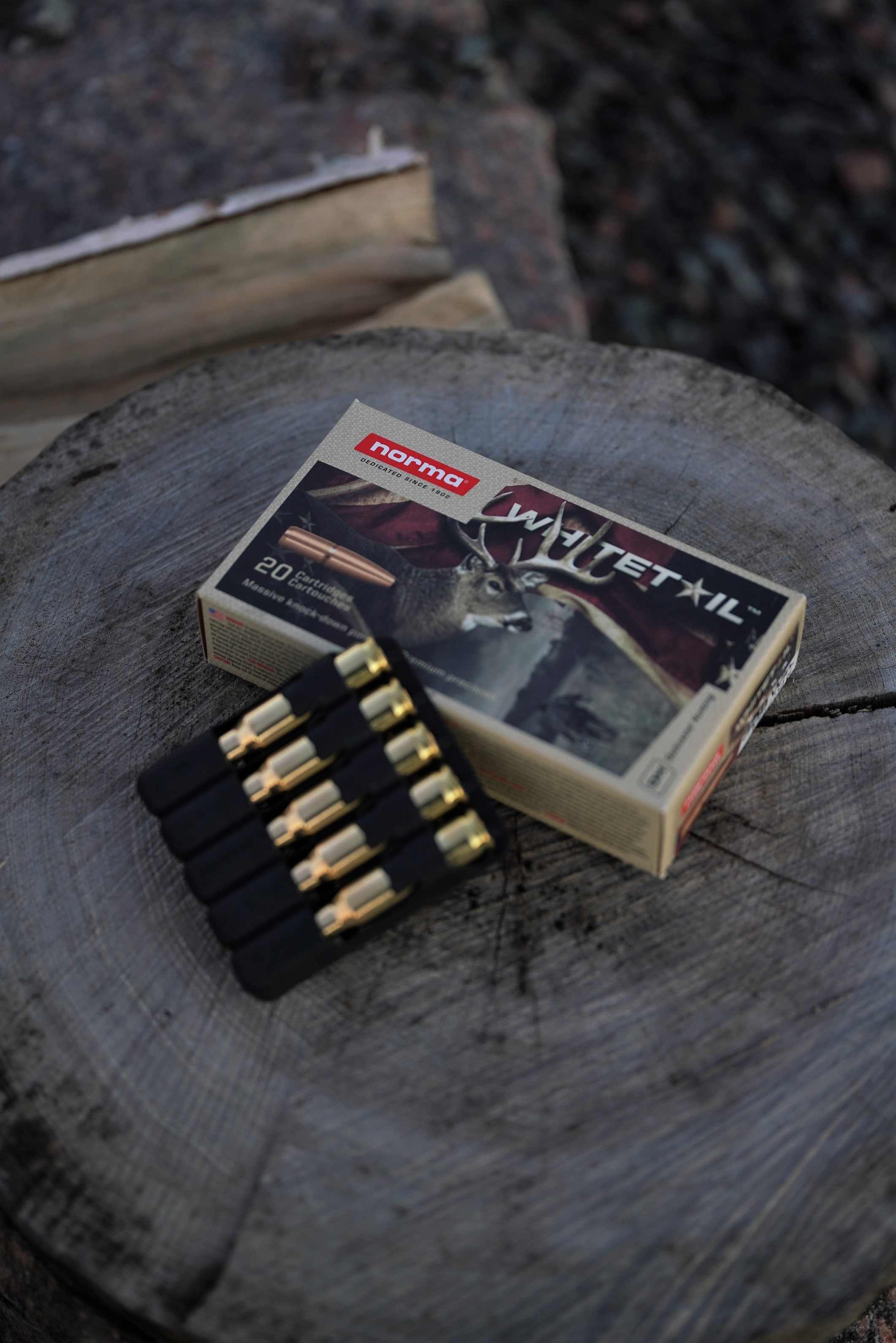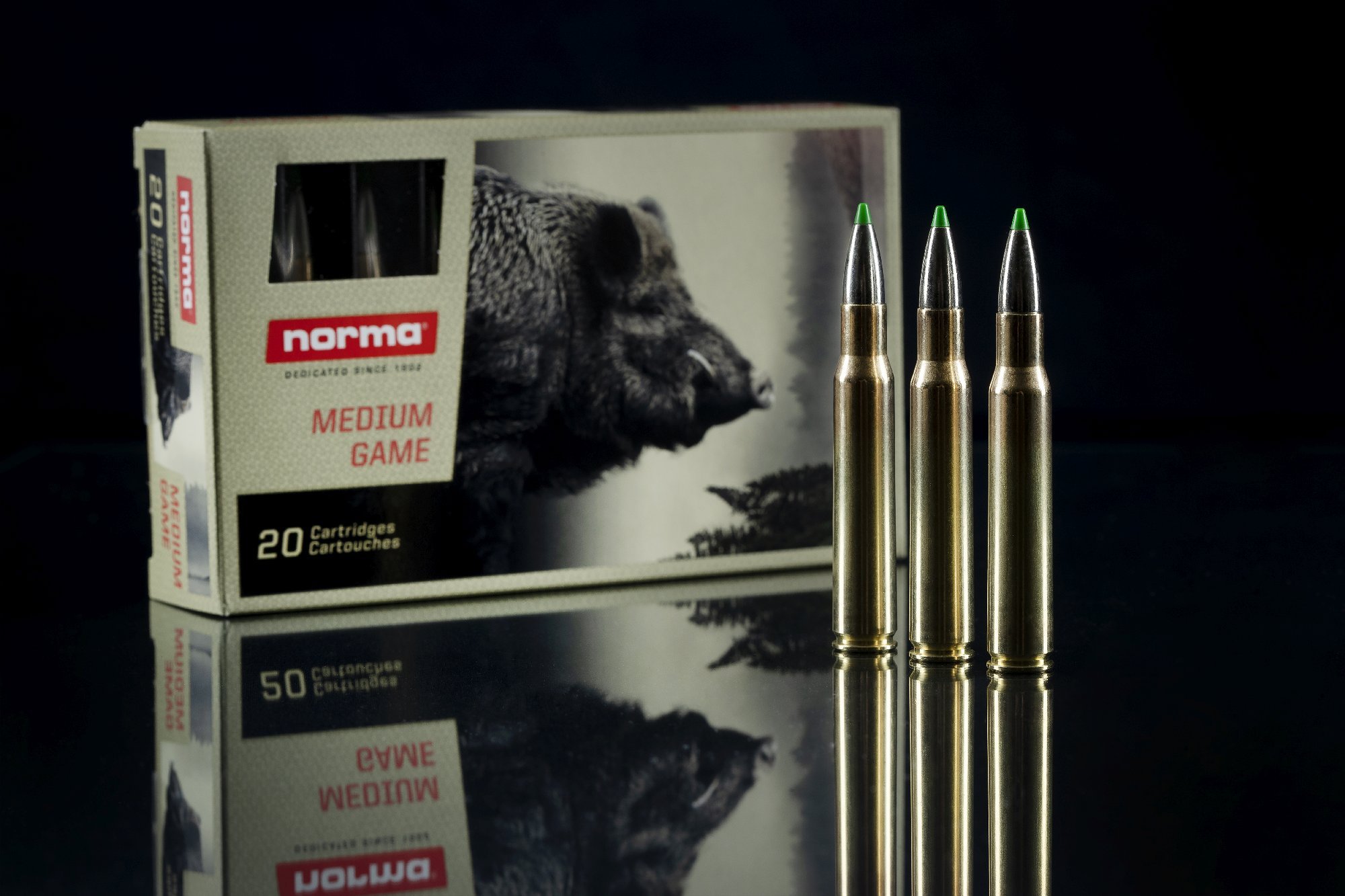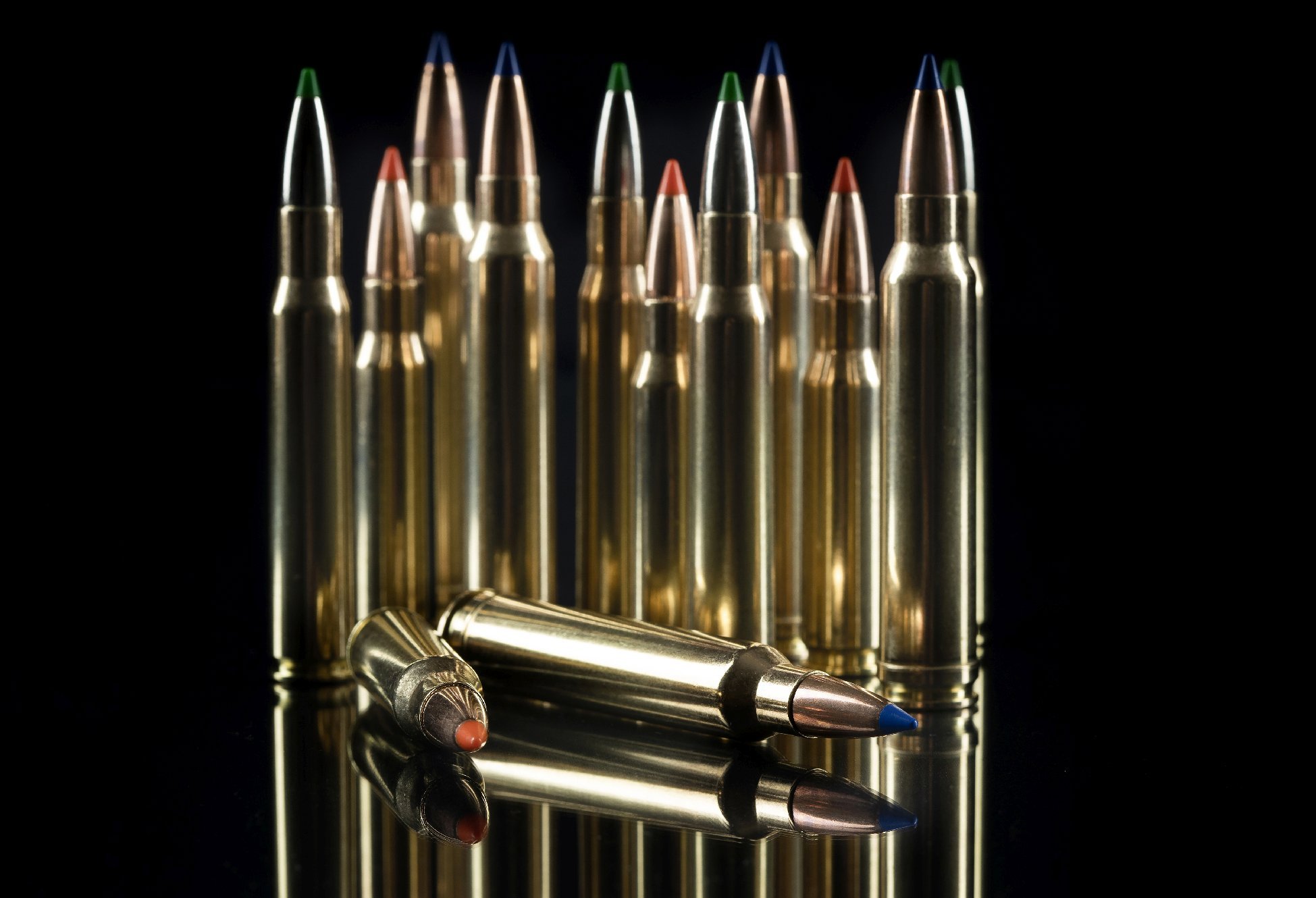There are many different bullet designs, bullet effects and bullet construction features in the world of ammunition. Norma Academy here reviews the various types of bullets out there to help you in choosing the proper components for your hunting ammunition needs.
Expanding bullets are the most common hunting bullets in the world. The principle behind expanding bullets are in the name, it is a projectile that expands predictably upon impact to reach a diameter size that is larger than the original bullet. This controlled deformation results in greater hydrostatic shock at the target which is the effect which gives the bullet a certain level of stopping power and as the diameter increases it also creates more displacement and greater cavities. All of these characteristics is something that is desirable to most hunters, who don't just need to hit a target but also to have a certain effect on the target. Expansion of the bullet can be achieved by many different construction and design variants, it is therefore best to think of expanding bullets as an effect description rather than a certain construction.
History of expanding bullets

Early projectiles were actually round lead balls, or clumps rather, as production methods were coarse. You might recall from history class that the Swedish king Gustav Vasa famously confiscated church bells to re-cast them as cannonballs for war, well, until the advent of industrialization these kind of improvised methods of production were the norm for various types of projectiles.
Until the advent of the Minié ball, small arms projectiles did not enjoy the benefits of spin stabilization that occurs in modern bullets as they are spun through the rifle's grooves and twist rate. Powders and rifles in general were not very advanced, so velocities and energies were not comparable to today's bullets. All in all, this meant that most pre-modern small arms projectiles behaved more like slugs or cannonballs and lacked sufficient energy, speed and design to create an intentional terminal effect, even though they behaved similar to expanding bullets.
The first targeted approach was done by the British in the late 19th century, who produced the famous Dum Dum bullets outside of Calcutta, India which are still a colloquial term in the world of ammunition. By this stage we have also seen an improvement in the overall equipment and production techniques, such as smokeless powder, standardized cartridges and proper rifle actions. Dum Dum bullets were intentionally opened at the tip to create the effect of expansion, rather than a byproduct of materials and manufacturing methods. They were so aggressive that they are still outlawed as a weapon of war, as even strafing shots or hits to non-lethal areas would produce enormous damage on the soldier.
Different types of expanding bullet constructions
As discussed, when you hear/read the term expanding bullet, it is best to think of that as a description for how the bullet will behave, not a certain way of constructing the bullet. There are many different aspects of both the bullet body and tip construction that a ballistician can work with to achieve an expanding design. Here are the most common aspects of the bullet body construction for an expanding bullet:
Lead-lock
A lead-lock is actually a mechanism to control and reduce expansion. The bullet is appended at the base so that the core and mantle stay together and the mushrooming stops. This is especially important at short distances where bullet energy and velocities are high and the projectile can risk complete deformation and therefore unstable behaviour at the target.
Monolithic body
This is a design principle found in expanding copper bullets. As copper is more firm than traditional lead bullets, an expanding copper bullet has a different set of challenges in the design phase. By working with the body shape and copper composition, just the right balance between softness, which equals mushrooming expansion, and hardness, which equals a projectile that won't just melt away, is achieved.
Forward bullet jacket
By reducing the thickness of the forward jacket, the bullet becomes less resistant at impact and therefore will deform. A thick forward jacket will mean the bullet will be more likely to maintain its shape upon impact without deforming, behaving more like a piercing projectile rather than expanding. A well constructed forward jacket will deform without crumbling.
Bonding technology
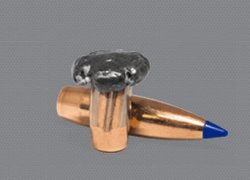
Bonding technology ties the core of the bullet to the outer mantle, which means that when the bullet makes impact with a target and starts expanding, the bullet is more likely to stay in one piece.
Even when the bullet is mushrooming very aggressively, the core will not separate from the mantle which means you get high residual weights despite having a very high degree of expansion.
The most common aspects of the bullet tip construction for an expanding bullet:
Hollow Point
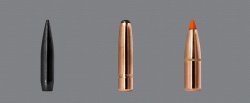
tip.
A hollow point (HP) bullet does not necessarily equal into an expanding bullet, as target shooters can attest to. But the principle is the same in all hollow points, by opening the tip of the bullet and having an open cavity where normally the jacket encloses, the structural integrity of the bullet is challenged upon impact and will not behave in a piercing fashion, like a full metal jacket (FMJ) bullet. This is the basis for most modern design developments in expanding bullets mentioned below.
Soft-Nose
If you let the core of the bullet fill up the front cavity of a hollow point construction, you have a soft-nose or lead-nose type of bullet. It's a great way to add some weight to a projectile and to make sure that the core of the bullet starts expanding at impact right as the mantle impacts.
Folded Tip Hollow Point
The folded tip construction is an interesting mix between an empty hollow point and the soft nose, as the hollowed out portion of the mantle tip is folded into itself. The Norma Vulkan is an example of this type of construction, and it offers the nice ballistic characteristics of a hollow point combined with the controlled and reliable expansion of a soft-nose.
Rounded Nose
Rather than having a pointy hollow point, the expansion of the bullet can be aided by designing a softer shape to the tip of the projectile. This can decrease the exterior ballistic capabilities of a projectile but the trade-off is a more reliable expansion.
Polymer Tip
The most recent development is the addition of a polymer tip to the bullet. It is still based on the hollow point principle though, as the the polymer tip is seated in the cavity created by the hollowed out front. The ballistic tip, as it is also known although it is technically a trademark of Nosler Bullet company, aims to solve the problem of combining the best possible flight characteristics of a projectile that we typically see in match grade ammunition, with the highest possible terminal effect that we only see in hunting ammunition. As the polymer tip is what meets the incoming air flow against the projectile, it allows for less drag than a round-nose or soft-nose bullet. But as soon as the bullet impacts, the fragile polymer evaporates immediately and exposes an aggressive hollow point bullet to the target. So it combines the characteristics of match grade precision with the terminal performance of hunting ammunition.
Which expanding bullet should I choose?
As with all ammunition choices, the question really is about personal preference and demands. All of the construction choices above will be suitable hunting projectiles but they will excell at different things. So it is really a matter of making sure to pick a bullet construction that excels at the type of hunting that is being conducted. One of the most demanding types of hunters are the so called African Professional Hunters, or African PH's, as the game or environment they are hunting in often is dangerous. African game is notoriously tough and even plains game have thick hides that are very resistant to penetration. Reliability and depth of penetration are often the most important aspects for such a hunter, less emphasis is put on the long-range capabilities of the bullet. A round-nose bullet, such as can be found in the Norma African PH line, will in this case ensure the most reliable expansion and the proper depth of penetration, shot after shot.
On the other hand, if you are primarily a deer hunter in Europe, you might want something a little less aggressive with higher retention weights that is servicable out to further ranges. Looking at a ballistic tipped projectile, like the Norma Bondstrike, will offer you excellent expansion and weight retention at far out distances. If you are hunting varied game at variable distances and looking for an expanding bullet that can handle both smaller and larger game without too much variance of result, a projectile with a lead lock will make sure you are not at risk for being too overpowered. The lead-lock will stop the bullet's expansion if it reaches the base and you won't have to worry about fragmenting and extreme meat damage.
This article is from Norma Academy: for more articles and videos, please visit Norma Academy webpages.
For more information about Norma ammunition please visit the Norma website.



